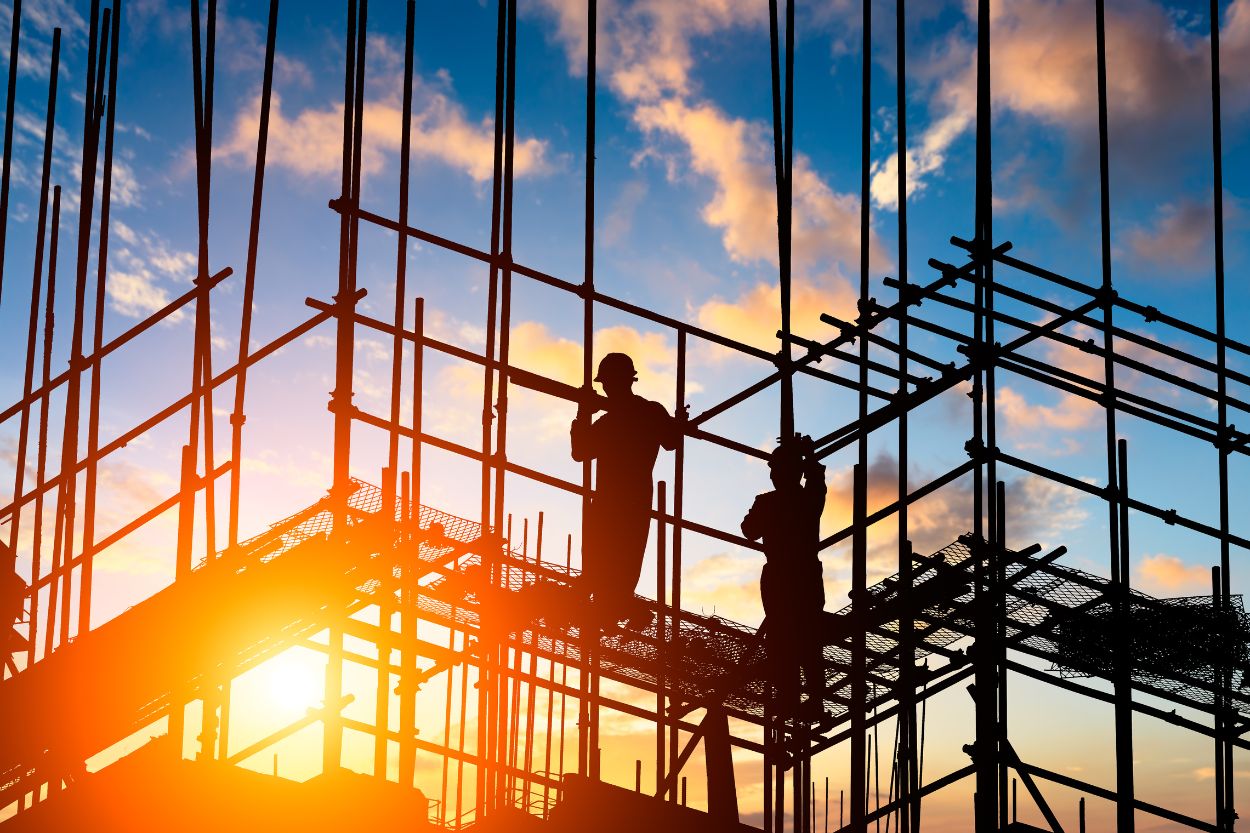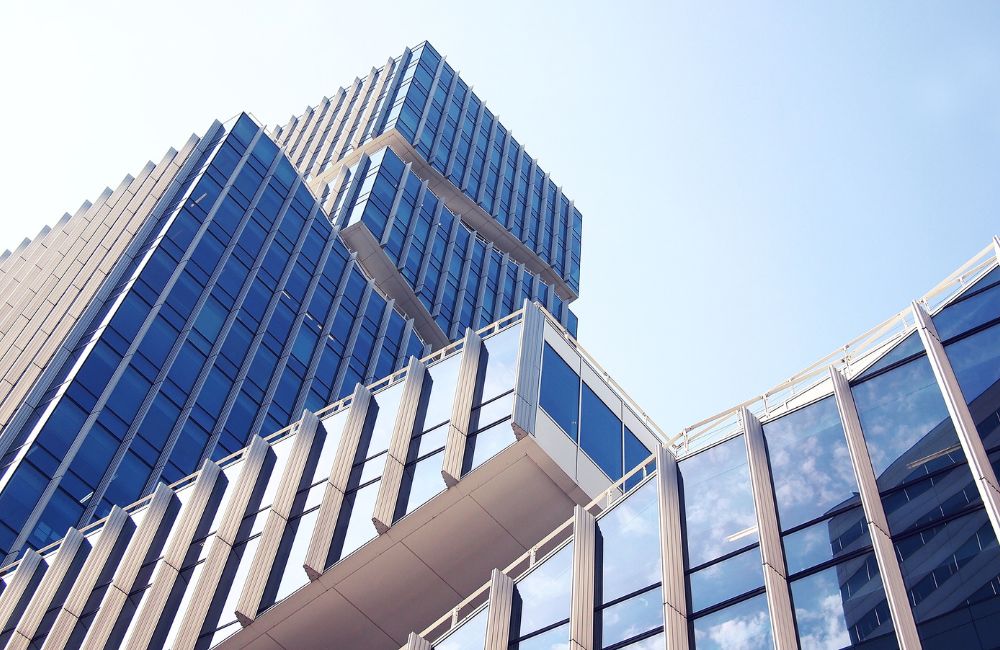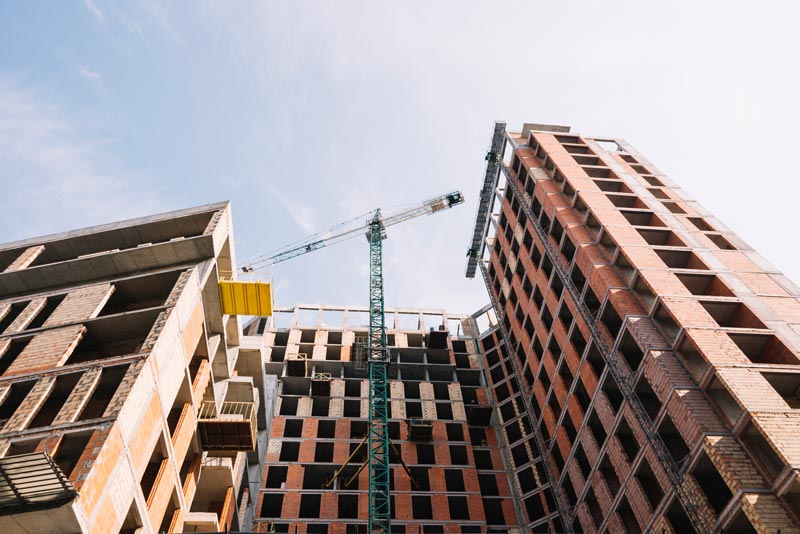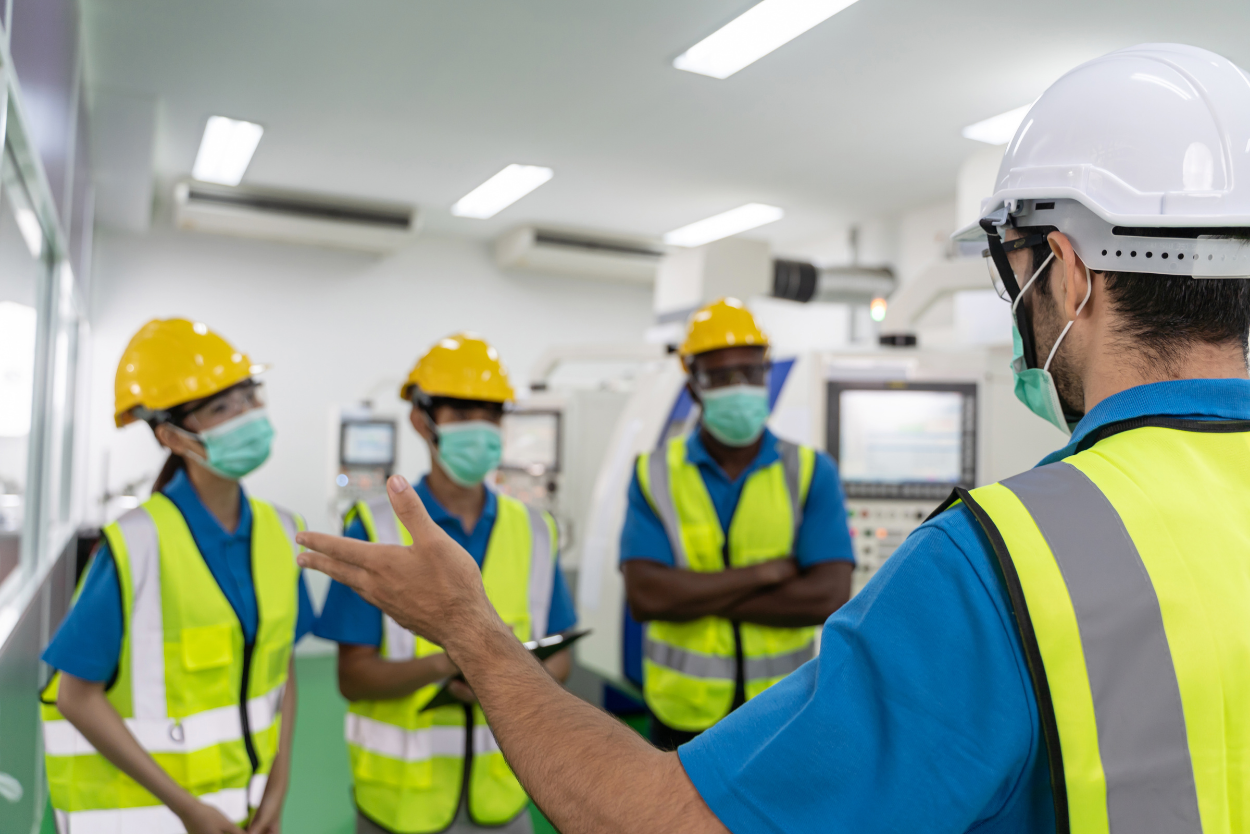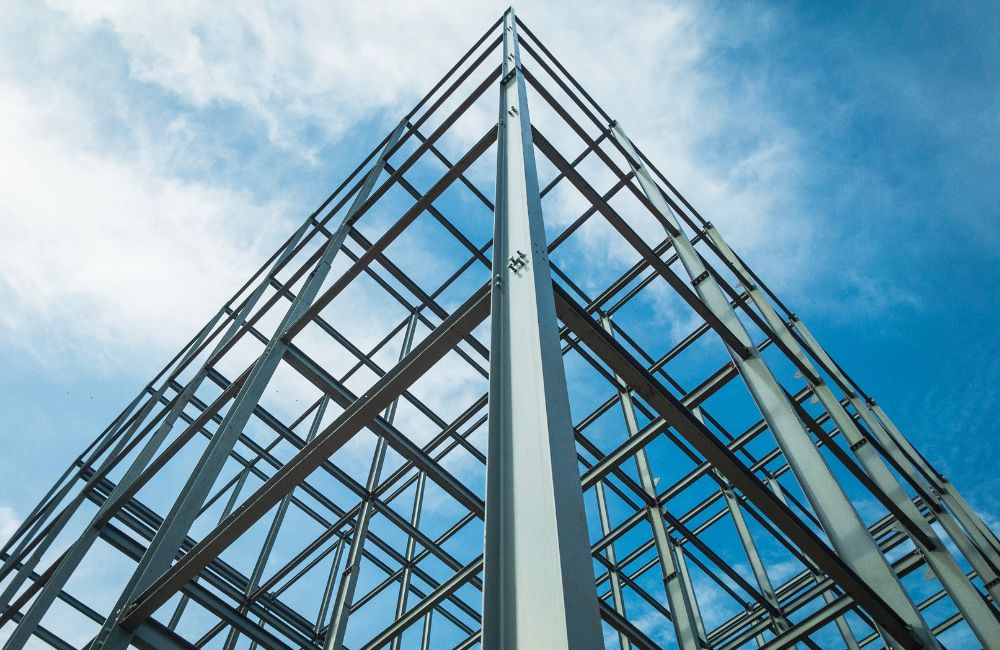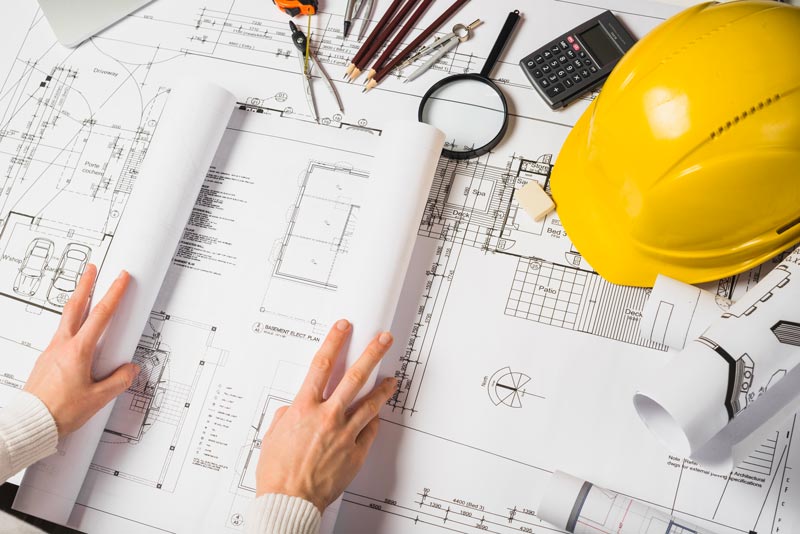Table of Contents
What is Commercial Construction?
Types of Commercial Construction Projects
Scales of Commercial Construction Projects
Stakeholders Involved in Commercial Construction
Legal and Regulatory Considerations
Challenges and Risks in Commercial Construction
Trends Shaping the Future of Commercial Construction
Partner with Claris Design•Build for Your Next Commercial Construction Project!
Key Takeaways✔ Commercial construction includes varied projects like offices, retail centers, healthcare, and industrial facilities, each with distinct complexities. ✔ It drives economic growth by creating jobs and providing critical infrastructure for businesses. ✔ Commercial construction requires more complex design, permits, and regulations than residential due to its larger scale. ✔ Understanding its evolving technologies and demands is crucial for industry stakeholders. ✔ Commercial construction supports community development by building essential facilities like hospitals, schools, and recreational centers. |
Commercial construction is an essential pillar of urban and economic development. This multifaceted industry involves the creation of structures designed for business, commerce, and institutional purposes. From office buildings to warehouses, the range of commercial construction projects plays a significant role in shaping the modern built environment.
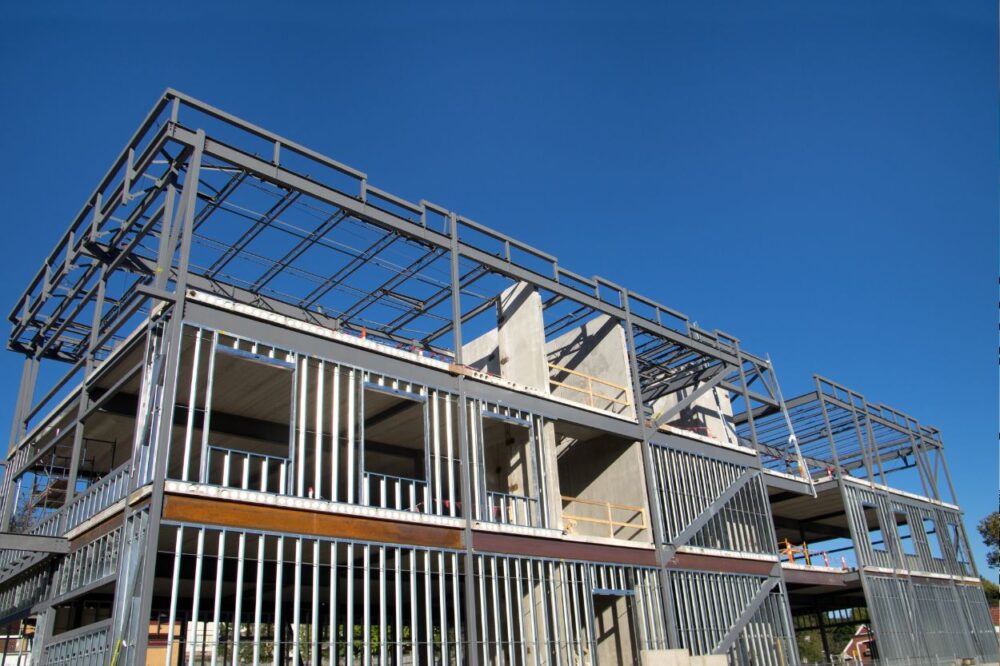
What is Commercial Construction?
Commercial construction involves building structures for business and institutional use, such as offices, shopping centers, hospitals, hotels, and industrial facilities. Unlike residential construction, it requires managing larger-scale, more complex projects in terms of design, permitting, and regulations.
The significance of commercial construction cannot be overstated. It provides the essential infrastructure that businesses and institutions rely on to operate, driving economic growth, creating jobs, and supporting the overall well-being of communities. In the U.S. alone, 5.9 million commercial buildings contained 96 billion square feet of floor space in 2018—an increase of 56% in the number of buildings and 89% in floor space since 1979. This dramatic growth underscores the industry's pivotal role in shaping the modern economy. Understanding the key characteristics and operations of commercial construction is crucial for anyone involved in or exploring this dynamic sector.
Types of Commercial Construction Projects
The scope of commercial construction is vast, and projects can vary significantly based on their function and scale. Some of the most common types of commercial construction projects include:
- Office Buildings: These can range from small, single-story offices to skyscrapers housing thousands of employees. Office buildings often require flexible floor plans and advanced technological infrastructure to meet the needs of modern businesses.
- Retail Spaces and Shopping Centers: These projects include standalone stores, strip malls, and large shopping complexes. Retail construction often focuses on maximizing visibility, accessibility, and creating inviting spaces for consumers.
- Warehouses and Industrial Buildings: These facilities support the storage, manufacturing, and distribution needs of various industries. They are typically large, open spaces designed to accommodate machinery, inventory, and heavy equipment.
- Hotels and Hospitality Projects: Hospitality construction includes hotels,apartments, multifamily, and other accommodations. These projects emphasize comfort, design aesthetics, and efficient use of space.
- Educational and Institutional Buildings: Schools, universities, and other institutional buildings have unique requirements, such as large common areas, specialized facilities, and compliance with strict safety standards.
- Healthcare Facilities: Hospitals and clinics demand highly specialized construction processes to accommodate advanced medical technology, patient safety, and accessibility.
Key Phases
Commercial construction projects unfold in distinct phases, each critical to the successful completion of the project. These phases include pre-construction, construction, and post-construction.
Pre-Construction
Pre-construction sets the foundation for the entire project, focusing on planning and preparation. Key activities during this phase include:
- Site Selection and Analysis: Identifying and assessing the site to ensure it meets the project’s requirements, including zoning, environmental impact, and access to utilities.
- Feasibility Studies and Budgeting: Determining whether the project is financially and practically viable by evaluating costs, timelines, and risks.
- Permits and Approvals: Securing all necessary legal approvals, such as building permits, zoning permits, and environmental clearances.
- Design and Engineering: Collaborating with architects and engineers to create detailed blueprints, ensuring compliance with safety regulations and building codes.
Construction Phase
Once planning and approvals are complete, the project enters the construction phase, where the physical building takes shape. This phase typically includes:
- Project Planning and Scheduling: Establishing a detailed timeline and work plan, assigning roles, and coordinating efforts between teams.
- Materials Procurement: Sourcing high-quality materials, managing supplier relationships, and ensuring that materials meet design and regulatory standards.
- Site Preparation and Foundations: Preparing the land by clearing debris, grading the site, and laying the building’s foundation.
- Construction and Supervision: Managing the construction process, which includes erecting the structure, installing systems, and overseeing subcontractors.
Post-Construction
The post-construction phase ensures that the building is ready for occupancy and that all final tasks are completed:
- Final Inspections and Approvals: Conducting inspections to ensure that the building meets safety codes and quality standards, followed by obtaining the necessary certificates of occupancy.
- Handover and Occupancy: Transferring the completed building to the owner and ensuring that any operational systems are functioning as required.
- Maintenance and Facility Management: Ensuring the building’s long-term upkeep, including regular maintenance schedules, repairs, and sustainability practices.
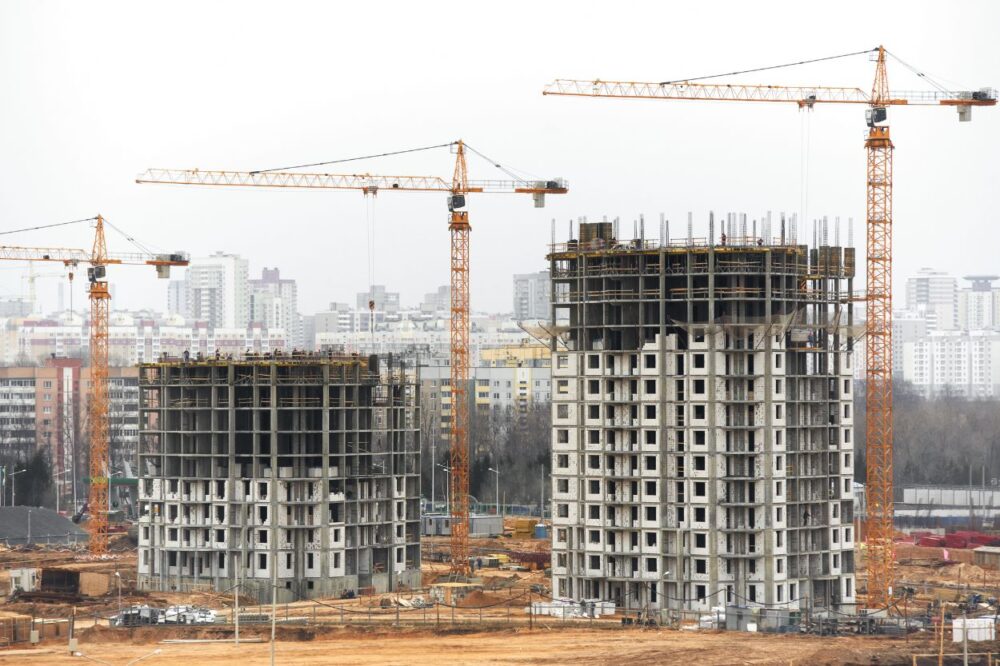
Scales of Commercial Construction Projects
Commercial construction projects come in various sizes, each presenting unique challenges and requirements. These projects are often categorized into small-scale, medium-scale, and large-scale, based on the scope of work, resources needed, and complexity involved. Understanding the differences between these scales can help stakeholders better plan, budget, and execute their construction projects.
Small-Scale
Small-scale commercial construction typically involves less complex, shorter-term projects focused on enhancing or rebranding existing structures. These projects often fall under the category of interior renovations or light commercial construction.
Small-scale projects generally include:
- Interior Renovations: Updating outdated spaces with modern design elements, such as new floors, lighting, and technology.
- Minor Structural Changes: Adjusting internal layouts without impacting the overall building structure.
Medium-Scale
Medium-scale commercial construction projects are more extensive than small-scale renovations, focusing on improving the functionality and capacity of an existing structure. These projects typically involve expanding or modifying the building to meet new business needs.
Common medium-scale construction projects include:
- Building Expansions: Adding new sections or floors to increase the building’s capacity or usability.
- Restructuring and Remodeling: Significant renovations that involve changing the internal layout, such as moving walls or adding new facilities.
- Systems Upgrades: Updating essential building systems such as HVAC, plumbing, or electrical infrastructure to accommodate growth or improve efficiency.
Large-Scale
Large-scale commercial construction projects are highly complex undertakings that often start from scratch, with no pre-existing structures to modify. These projects require meticulous planning, specialized expertise, and a substantial investment of time and resources. Large-scale construction typically includes the development of entirely new buildings or infrastructure.
Large-scale commercial construction projects include:
- High-Rise Buildings: Skyscrapers and other multi-story commercial office buildings designed to accommodate thousands of employees or residents.
- Warehouses and Distribution Centers: Massive facilities built to handle large volumes of inventory, often involving intricate logistics and storage systems.
- Public Infrastructure Projects: Large-scale constructions like dams, bridges, or airports that are critical to public services and economic activities.
Stakeholders Involved in Commercial Construction
A wide range of stakeholders plays a critical role in the commercial construction process. Their collaboration is essential to ensure the project’s success.
- Developers and Owners: These are the individuals or companies who fund and own the project. They set the overall vision, goals, and budget for the construction.
- Architects and Engineers: Architects design the building’s aesthetic and functional layout, while engineers ensure the building’s structural integrity, safety, and compliance with regulations.
- General Contractors and Subcontractors: General contractors oversee the entire construction process, hiring and managing subcontractors, who specialize in specific tasks such as plumbing, electrical work, and carpentry.
- Project Managers: Responsible for keeping the project on track, project managers handle scheduling, budgeting, and coordination among teams.
- Government and Regulatory Agencies: These entities ensure that the project complies with local, state, and federal regulations, including zoning laws and building codes.
- Financiers and Investors: Banks, investors, and other financial institutions provide the capital needed to complete the project.
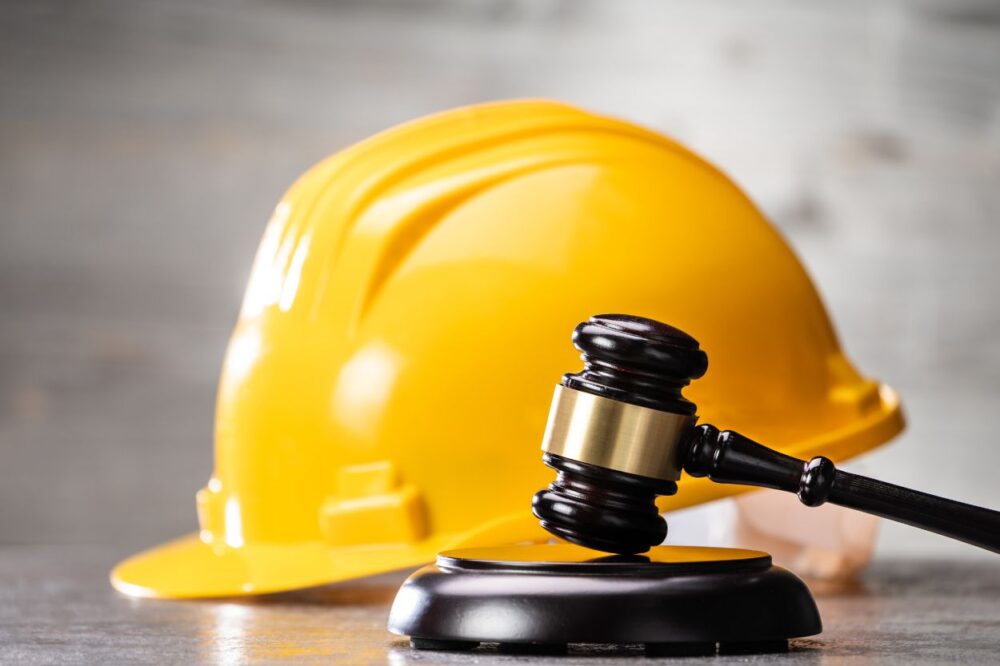
Legal and Regulatory Considerations
Compliance with laws and regulations is a fundamental aspect of commercial construction. Key areas of focus include:
- Building Codes and Standards: These ensure the safety, functionality, and sustainability of commercial buildings.
- Zoning Laws and Land Use Regulations: These dictate what types of buildings can be constructed in specific areas and often influence project design and layout.
- Environmental Regulations: Projects must adhere to environmental standards, minimizing their impact on local ecosystems.
- Health and Safety Regulations: OSHA regulations and other safety standards protect workers and ensure a safe construction site.
Challenges and Risks in Commercial Construction
Commercial construction faces numerous challenges, from financial risks to labor shortages. The most common challenges include:
- Budget Overruns: Projects frequently encounter unforeseen expenses, making accurate budgeting critical. In fact, 98% of megaprojects experience delays or go over budget, underscoring the importance of meticulous financial planning and risk management in commercial construction.
- Delays and Project Timelines: Delays can arise from material shortages, poor weather, or regulatory hurdles, causing project timelines to extend.
- Labor Shortages: Skilled labor shortages can lead to increased costs and longer construction times.
- Supply Chain Issues: Disruptions in the supply chain, especially for specialized materials, can delay progress.
Trends Shaping the Future of Commercial Construction
The commercial construction industry is evolving rapidly, driven by innovation and changing market demands. Key trends include:
- Sustainability and Green Building Initiatives: More projects are adopting eco-friendly practices, including renewable energy, sustainable materials, and energy-efficient designs.
- Modular Construction and Prefabrication: Prefabrication reduces waste, speeds up timelines, and improves quality control.
- Technological Advancements: The use of AI, automation, and data analytics in construction management is improving efficiency and reducing costs.
Frequently Asked Questions
How long does a commercial construction project take?
The timeline for commercial construction can vary widely depending on the size and complexity of the project. Smaller projects, like office renovations, might take a few months, while larger builds such as hospitals or multi-story office buildings can take over a year. Factors like weather, permitting delays, and design changes can also impact the schedule.
What factors influence the cost of a commercial construction project?
Several factors influence the cost of a commercial construction project, including the size and complexity of the building, the materials used, and the location of the project. Labor costs, regulatory requirements, and the timeline for completion also play a significant role in determining the overall expense. Unexpected issues, such as site conditions or supply chain disruptions, can further impact costs.
What is sustainable commercial construction?
Sustainable commercial construction uses eco-friendly practices and materials to minimize environmental impact. It focuses on energy efficiency, renewable materials, water conservation, and long-term cost savings. LEED certification is a common green building standard in this field.
How is technology used in commercial construction?
Technology is crucial in commercial construction, enhancing efficiency and safety. Building Information Modeling (BIM) allows detailed digital models, while drones assist in land surveys and project monitoring. Mobile apps help manage timelines and budgets, and smart materials with energy-efficient systems are becoming common in modern designs.
How do you choose the right commercial construction company?
Selecting the right commercial construction company involves considering factors such as their experience, reputation, and ability to handle the specific needs of your project. It's important to review their portfolio, check references, and verify their licensing and insurance. Good communication and transparency during the bidding process are also key indicators of a reliable contractor.
Partner with Claris Design•Build for Your Next Commercial Construction Project!
Claris Design•Build offers decades of experience in architecture, engineering, and commercial construction to bring your vision to life. Our skilled team handles diverse market segments, from auto dealerships and healthcare facilities to industrial spaces. We provide a full range of services, including site selection, cost studies, and property management, customized to fit your needs. As an award-winning Butler steel building systems dealer, we deliver innovative, durable, and efficient solutions. Trust Claris to manage your project from concept through completion with our design-build and open book delivery methods.
Reach out to us today!



